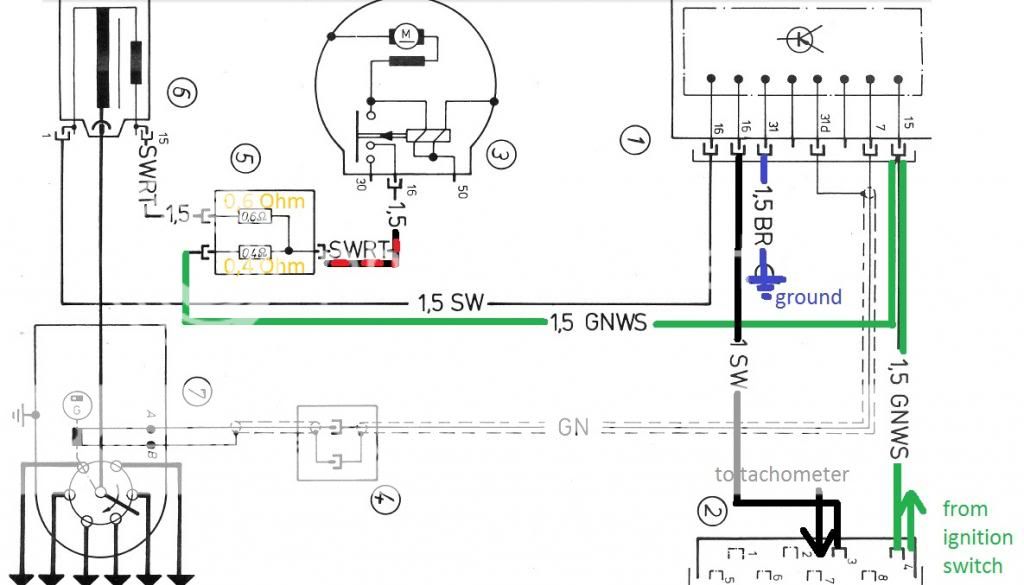hi, i have just bought an original transistorized ignition system from boschconsists of a electronic box and a coil this system is intended to keep the points, but having the benefit of avoiding the major intensity of the current to pass through them, permits a better performanceof the spark allowing a perfect discharge does anyone have information about connections and so on ? i like to know details on the need of specific ballast resistors and how to connect everythingthanks
this system is intended to keep the points, but having the benefit of avoiding the major intensity of the current to pass through them, permits a better performanceof the spark allowing a perfect discharge does anyone have information about connections and so on ? i like to know details on the need of specific ballast resistors and how to connect everythingthanks
 this system is intended to keep the points, but having the benefit of avoiding the major intensity of the current to pass through them, permits a better performanceof the spark allowing a perfect discharge does anyone have information about connections and so on ? i like to know details on the need of specific ballast resistors and how to connect everythingthanks
this system is intended to keep the points, but having the benefit of avoiding the major intensity of the current to pass through them, permits a better performanceof the spark allowing a perfect discharge does anyone have information about connections and so on ? i like to know details on the need of specific ballast resistors and how to connect everythingthanks




